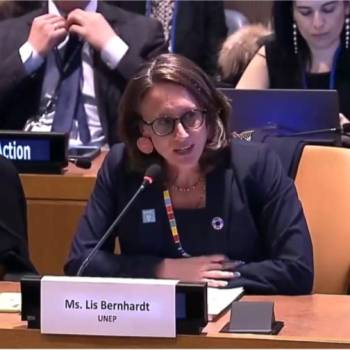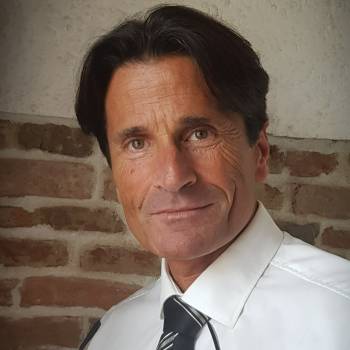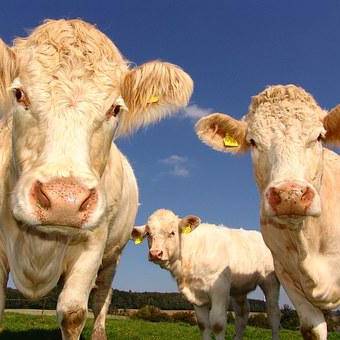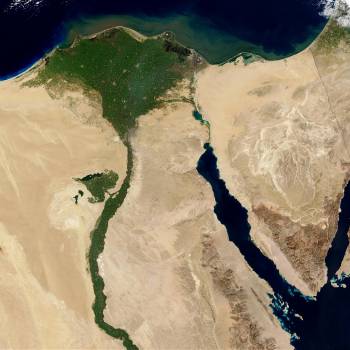
Last Friday, a devastating and deadly tornado struck five states in the United States causing massive property damage and killing dozens of people. It was so violent that it left only ruins in its path.
For many scientists, this could be the harbinger of future tragedies as the planet heats up.
“The latest scientific data indicates that we can expect more of these disproportionate tornado episodes due to human-caused climate change ,” Penn State meteorologist Michael Mann told USA TODAY.
Spring temperatures across much of the Midwest and South last week helped bring in the warm, humid air that formed the thunderstorms that spawned the tornadoes. The heat has reached record highs, meteorologists said, including in Memphis, Tennessee, which hit a record high of 27C on Friday, the National Weather Service said.
While part of this is due to La Niña - a natural climate pattern that typically brings warmer-than-normal winter temperatures to the southern United States - scientists also expect the atypical weather and warm in winter becomes more frequent due to climate change:
Victor Gensini, a severe weather researcher at Northern Illinois University, told USA TODAY that severe weather events exactly match the predictions of climate models as the climate warms. “The unusual heat had a big impact on the occurrence of tornadoes,” he said.
Jennifer Francis, Senior Scientist at Woodwell Climate Research Center, told the Guardian that climate change "produced all the necessary ingredients for such phenomena recur."
“The atmosphere has more 'fuel' now, both in terms of heat and humidity,” Francis said. “The great plunge into the jet stream that created the clash between warm tropical air and cold arctic air - another necessary ingredient - is also more likely to occur in our altered climate. "
Dan DePodwin, director of forecasting operations for AccuWeather, said that “because we are experiencing a warming climate, there is now the potential for more humidity at different times of the year; which was not the case before. For such a phenomenon to happen, you need warm, moist air, and in this case it was from the Gulf of Mexico.
Gensini said it was as if the Gulf of Mexico "had a feverish rise" .
DePodwin added, “I think the hot December month certainly played a role. We haven't had many cold fronts coming down into the Gulf of Mexico yet, which can sometimes help cool sea surface temperatures. "
“The worst-case scenario has happened. Hot air in the cold season, in the middle of the night, ” said John Gordon, meteorologist with the National Weather Service in Louisville, Ky.
In addition, the so-called "Tornado Alley" is moving further east of the Kansas-Oklahoma region and into the states where Friday's deadly tornadoes struck.
Further studies by scientists and experts who have examined years of tornado data, led them to the following conclusion: Millions of Americans living in the South are now even more at risk of tornadoes than those in the South. plains.
The latest science also indicates that the combination of these factors increases over time, especially during the winter months in the south-central and southeastern states, Mann said. “The latest scientific data also indicates a trend towards more intense and destructive tornadoes, ” he said. “The tornado that hit Mayfield, Ky. Was at the higher end of the scale, with radar-measured winds approaching 400 km / h. ". By way of comparison, the strongest winds that crossed France during storm Lothar in 1999 were measured at 210 km / h.
Kentucky Governor Andy Beshear said Monday that 64 deaths had been confirmed in his state alone and that there would be "definitely more ."
"It was a tragedy and a major disaster," said Mann.
The tornado - provided there was only one - most certainly broke a record nearly 100 years old; namely which of the most violent tornado and which has come the longest path of destruction, experts said.
The previous record for a long track tornado was in 1925, when the F-5 Tri-State Tornado traveled 353 kilometers through Missouri, Illinois and Indiana, according to The Conversation, an online news agency. . The "Quad-State Tornado," as Friday's tornado was named, is expected to beat that record.
Looking ahead, AccuWeather meteorologist Jonathan Porter told USA TODAY that while stronger to severe storms are possible in the coming days and weeks in parts of the South, there are is, however, unlikely to be of the same level as last weekend.
Posted on 2021-12-15 10:11








Comments